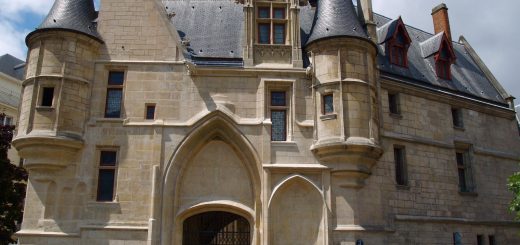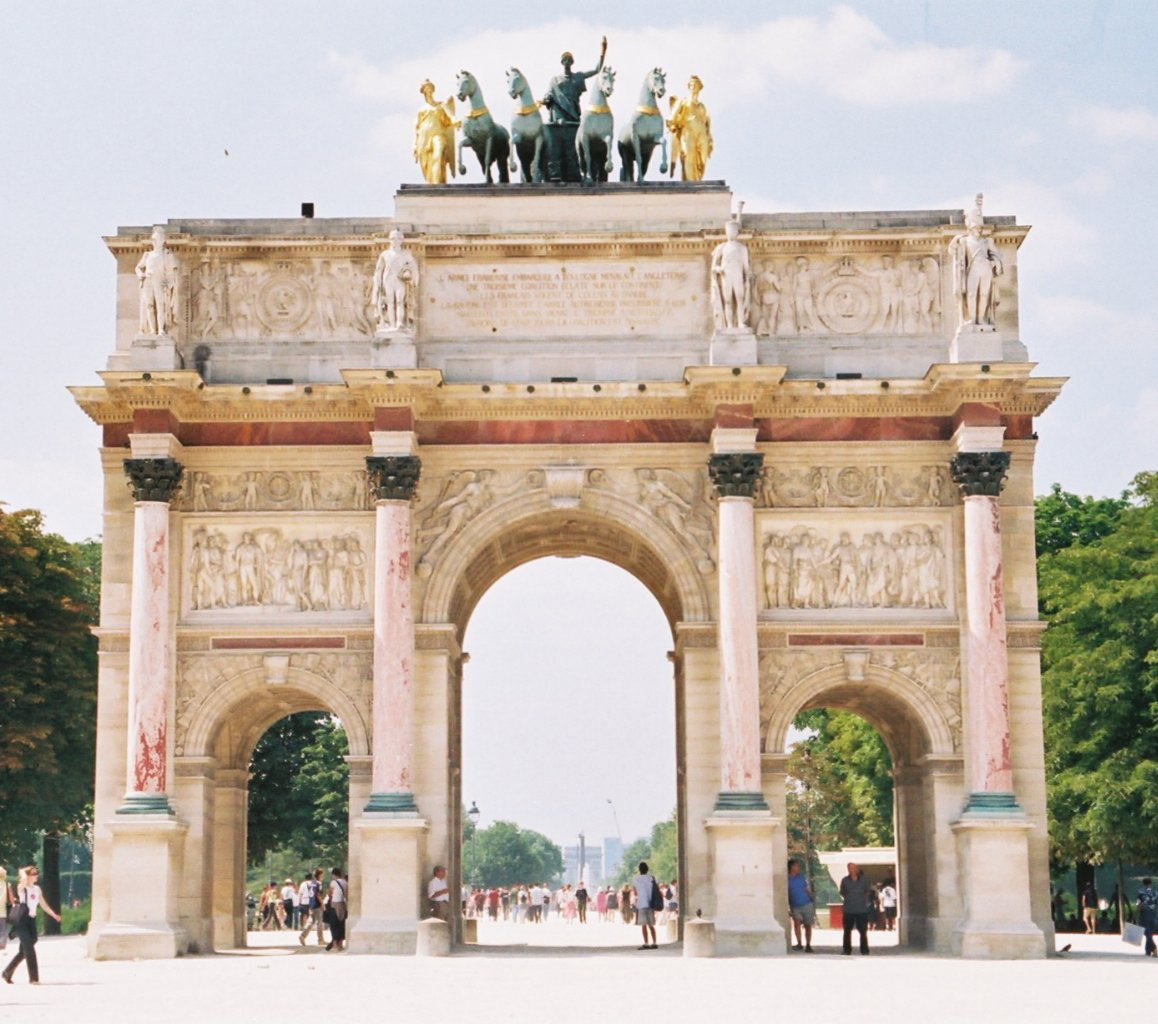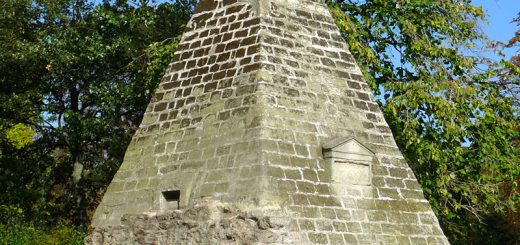The covered passages
More than 50 covered passages were built in Paris, mostly between 1820 and 1848. It is a Parisian invention that the whole of Europe then adopted. Today, around 20 are still open and still function as shopping malls. They are pleasant places but their attendance has decreased a lot and this does not always allow you to realize the importance they had in their creation.
Speculative real estate transactions
These passages were often the work of a Parisian bourgeoisie, which was doing well during this period when the monarchy is back. It launched into real estate speculation operations. The Vivienne gallery, for example, is the work of a lawyer, Maître Marchoux, who bought several houses and hotels near the Palais-Royal.
The map below lists the most interesting passages to discover (mainly located around the Brongniart Palace). Examining it in detail, we see that these are quite ingenious operations. The parts on the streets remain dedicated to housing while the gallery makes profitable the space located in the center of the plot. The passages are often irregular, they turn, narrow, enlarge, to adapt to the peculiarities of the terrain and to further optimize the available space.
A considerable success
Covered passages have had considerable success since their creation. One of the main reasons is that the street, in comparison, was generally impractical for pedestrians before the major works carried out by Haussmann in the second half of the 19th century. The streets were crowded, muddy when it rained, rarely with sidewalks, and even more rarely well lit at night. Nearby, the passages were peaceful places, in which all possible technical progress were used to make life pleasant for the public. Large glass roofs keep a pleasant temperature and let in natural light (by the way, this also highlighted the products). The passages were also equipped with a lighting system with gas lamps, long before these equiped the streets. Naturally, people used them as shortcuts, places of passage or waiting (before taking a car for example).

But their interest did not end there. The shops also played an important role in the success of the passages. They were among the first to offer luxury items, produced in series and sold at fixed prices. Elsewhere in Paris, the boutique-workshop, where work was done to order and where the price used to be haggled over, was still largely dominant. In their layout, their architecture or their way of working, these passages are very similar to our current shopping centers.

The decor
Generally intended to accommodate luxury boutiques, great attention was paid to the decoration of the passages. Those who have survived have often managed to retain this special charm.
If we take the example of the Vivienne gallery, we also notice a great aesthetic concern (hence the name of the gallery, which has often been preferred to that of passage). The sumptuous decor is inspired by antiquity. To illustrate the function of the place, it uses many symbols of success (laurel wreaths), wealth (horns of plenty) or trade (caduceus of Mercury). The floor is covered with beautiful mosaics in geometric shapes. This style, quite widespread at the time, owes a lot to the excavations carried out in Pompeii at the end of the 18th century.

Photo Carl Campbell / Licence CC BY-SA 2.0
A rapid decline
One after another, the reasons that made them successful faded away with the great works of the Second Empire (1852-1870).
- The street became more practical, incorporating large sidewalks and even gardens.
- Luxury shops settled in other places such as the Faubourg Saint-Honoré, and after a while on the Champs-Elysées.
- Stores were ultimately no longer considered as the best suited to new ways of doing business. They were downgraded by the Department Stores which opened from 1850.
From 1848, as covered passages were built all over Europe (today there are around 300 on the continent), the phenomenon quickly declined in the French capital. With a few exceptions, however, such as the arcades of the Lido (or the Champs-Elysées) which opened in 1925.










